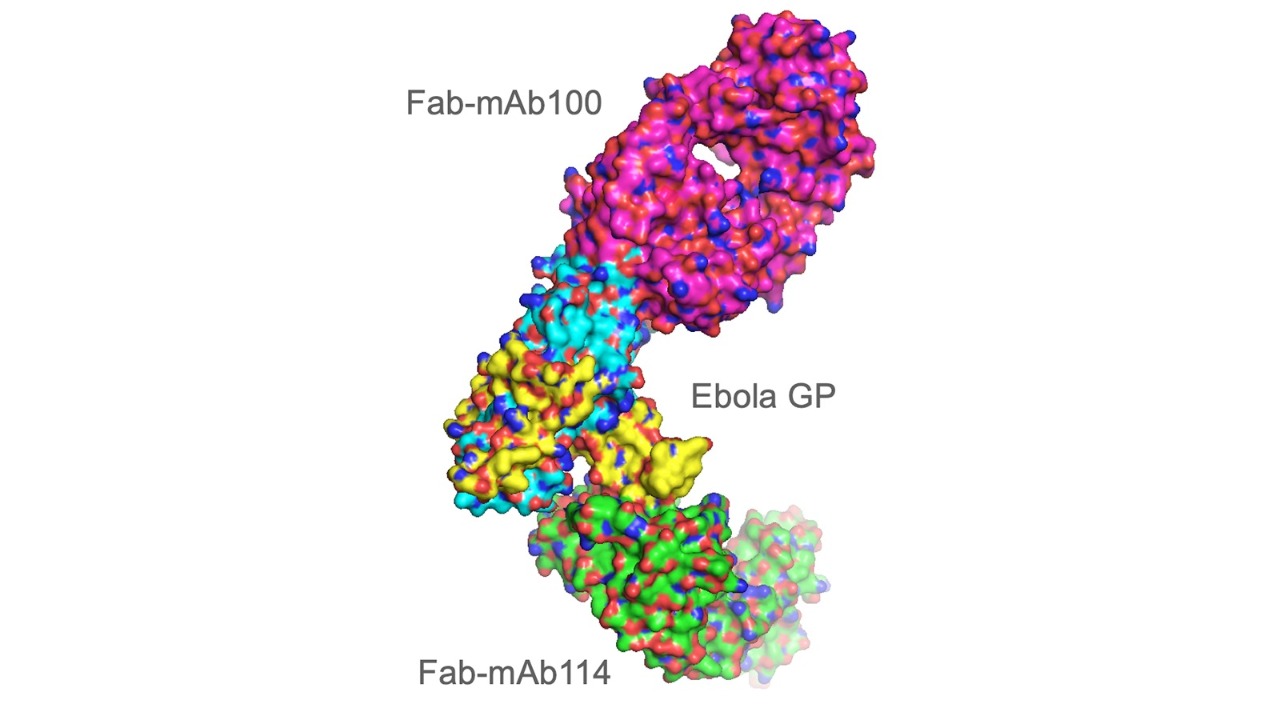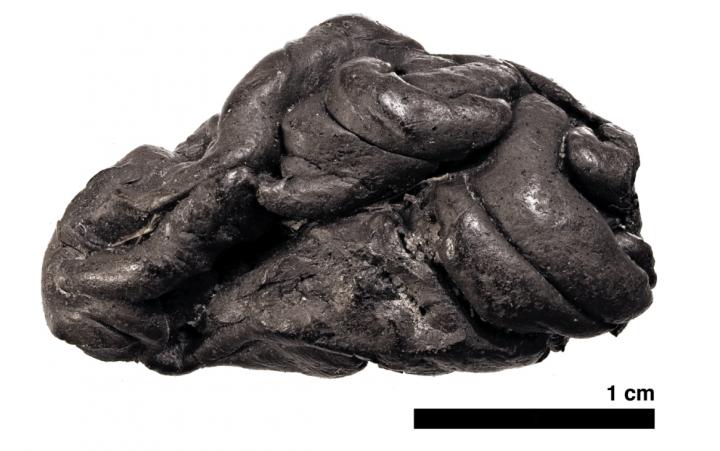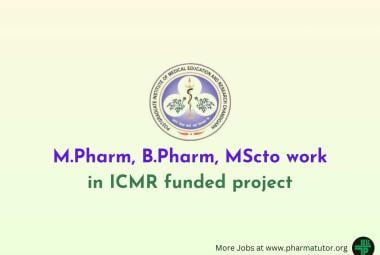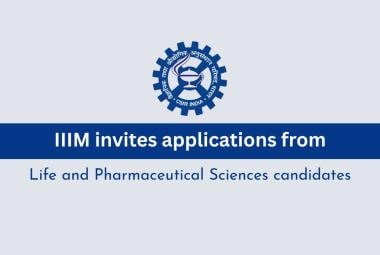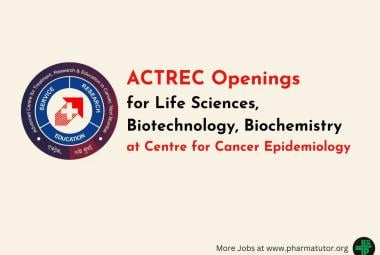Compounded drugs can serve an important role in meeting patients’ medical needs that cannot be met by an FDA-approved drug. Outsourcing facilities, a significant part of the industry producing compounded drugs used by hospitals, clinics, providers, and other health care systems, have rapidly evolved since the passage of the Drug Quality and Security Act (DQSA) in 2013. Although compounded drugs can fill an important role for patients and the FDA recognizes the need to preserve access to these products, they may also present a greater risk to patients because, among other things, they are not required to undergo the agency’s premarket review for safety, effectiveness and quality. These risks have become evident during inspections of outsourcing facilities when the agency has found concerning production practices that have resulted in recalls of compounded drug products and enforcement action against some firms.


